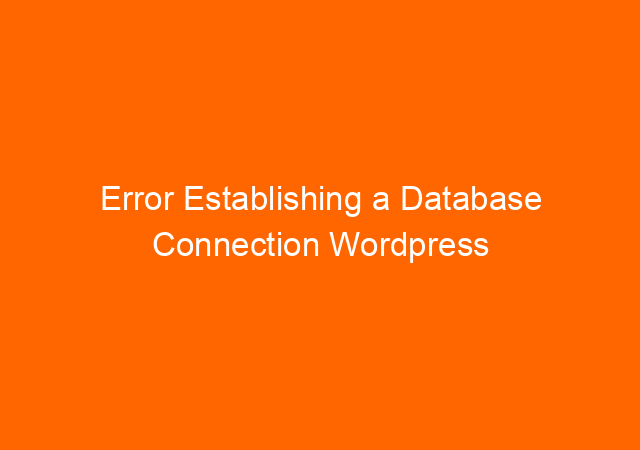The digital age emphasizes the importance of your business’s online presence. However, as businesses increasingly shift their operations to the web, a parallel emphasis on data protection has arisen.
Every pixel on a website represents design and functionality and can be a potential gateway to privacy concerns. As such, businesses must integrate data protection into their business website design. This prevents attacks from hackers and also helps protect customer data.
This article delves into the pivotal intersection of website design and data protection. It will also offer insights into integrating robust privacy measures seamlessly into your business’s online facade.
Table of Contents
The Evolution of the Modern Web Landscape
Today’s websites are no longer static billboards. They’re dynamic interfaces embedded with trackers, plugins, and third-party integrations. Every feature, from pop-up ads to live chatbots, could potentially harvest user data.
This results in the modern web landscape becoming a breeding ground for privacy concerns. The interactive elements collect vast amounts of data, often without the users knowing it.
This evolution has increased public consciousness about privacy and stringent data protection laws like GDPR and CCPA. As such, businesses need to consider more than aesthetics when designing their sites.
Common Privacy Concerns of Modern Websites
Here are some of the most common privacy concerns of modern websites:
- User Tracking: Tracking technologies, such as cookies and tracking pixels, follow users across websites, creating detailed profiles. While this enables personalized content and ads, it can be invasive.
- Third-Party Integrations: Websites often integrate third-party services for various purposes, from analytics to social media sharing. However, this exposes user data to external entities, raising questions about data ownership and control.
- Data Security: The more data websites collect, the greater the risk of data breaches. Inadequate security measures can lead to unauthorized access and exposure of sensitive user information.
- Consent Issues: Users may not always be aware of the extent to which their data is collected and shared. Obtaining informed consent becomes challenging in this complex landscape.
Ways to Integrate Data Protection into Your Business Website Design
Given the privacy concerns associated with modern websites, businesses should find ways to integrate data protection. Here’s how:
1. Transparent Data Collection
Transparency is the cornerstone of trust. Businesses should make data collection transparent and consensual. You can do this by:
- Explicitly ask for consent: Pop-up consent forms should be clear, concise, and transparent about the data being collected and for the purpose of data collection.
- Integrate clear opt-out options: Offer users an easy way to decline data collection or revoke consent.
- Highlight cookie usage: Inform users about the type of cookies used, their purpose, and duration.
2. Prioritize Minimalism in Data Collection
Businesses should adopt the philosophy of collecting only what’s necessary. When collecting data, remember to:
- Review your forms: Limit data collection to what’s absolutely essential. Do you really need to know a user’s birth date if they’re signing up for a newsletter?
- Avoid excessive third-party integrations: Each plugin or third-party service could potentially access user data. Be selective and prioritize user privacy over functionality.
3. Enhance User Control
Once users provide their data, you should empower them with control. This can be done through:
- Profile management: Offer users a dashboard to view, manage, and delete their data.
- Easy account deletion: Users should be able to delete their accounts and associated data with ease.
- Data export: Allow users to download all the data you’ve collected about them in a readable format.
4. Prioritize Encrypted Data Transmissions
SSL certificates are no longer optional. In today’s digital landscape, they are a necessity. Here are some ways to prioritize encrypted data transmissions:
- Always use HTTPS: This encrypts the data transmitted between the user and your website.
- Promote your security: A visible SSL badge boosts user confidence and elevates your website’s trustworthiness.
5. Regular Audits and Updates
The digital landscape is constantly evolving, as are the threats. Make sure that you and your team:
- Update regularly: Ensure your CMS, plugins, and third-party integrations are always updated to the latest versions.
- Conduct vulnerability assessments: Identify potential security holes in your website and patch them.
- Stay vigilant with cybersecurity: Regular penetration tests and security audits helps you fortify your defenses effectively.
6. Educate and Train Your Team
A strong fortress is only as robust as its weakest brick. An educated and trained team is your best defense against attacks. Ensure your team is:
- Aware of best practices: Regular training on data protection measures can help avoid unintentional breaches.
- Informed about laws and regulations: Different regions have varied data protection laws. Being informed can help in seamless global operations.
Conclusion
Incorporating privacy into your website design isn’t just about compliance – it’s also about building trust. As businesses become increasingly digital, those prioritizing their users’ privacy will stand out as industry leaders. Following the tips above can help you garner trust and loyalty in an ever-competitive market.

